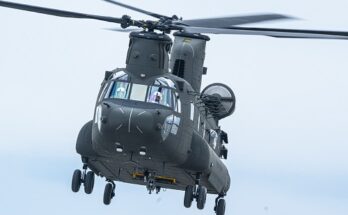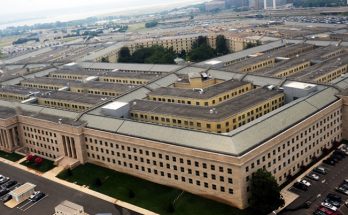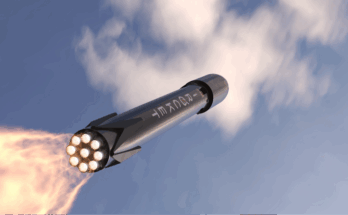
The Pentagon will reportedly seek a massive increase in its FY20 war coffer in an effort to sidestep federal spending limits, a move that could push war funding to near record levels.
The Overseas Contingency Operations (OCO) account, as it is formally called, is supposed to be used to pay for the costs of war that cannot be adequately planned for ahead of time by budget planners. For years, however, the OCO account has been used as a slush fund by administrations and lawmakers to bolster the defense topline. While the account is still used to pay for military operations, the Congressional Budget Office (CBO) estimated that only 30 percent of the Pentagon’s most recent war budget request was used for its intended purpose. The remaining 70 percent of the OCO account comprised funding that would be more appropriately allocated to the regular base budget.
Part of the problem is that the Budget Control Act of 2011 imposed limits on how much money the federal government could spend each year, broken down by defense and non-defense categories. Lawmakers have increased those limits multiple times, but the OCO account is not subject to BCA caps and has therefore been used as a loophole to increase spending.
The White House was originally planning to request $733 billion for national security in FY20, which includes both the Pentagon and defense programs within other agencies. That figure would have included $660 billion in base spending and $73 billion in the OCO account, according to FY19 budget documents. However, the administration has since granted the military a higher topline of around $750 billion, though the formal budget request is not expected until mid-March. With the BCA limiting national security spending to $576 billion in FY20, and assuming the previously stated $73 billion for OCO, the military would need an extra $101 billion to reach the $750 billion mark.
Reports now suggest that the DoD’s OCO account will total $174 billion in the upcoming FY20 budget request, which is the result of combining the already planned $73 billion with the $101 billion increase needed above the BCA cap. In general, this strategy is nothing new, and has been used for years as a crutch for the Pentagon’s base budget. However, including the entire BCA-busting increase in the war coffer is a somewhat surprising move for an administration whose budget master has been openly critical of the OCO loophole. Mick Mulvaney, director of the Office of Management and Budget and President Trump’s acting chief of staff, has gone so far as to call for the elimination of the OCO account in the past.
How would a $174 billion OCO request compare to previous budget cycles? To give an idea of the scale involved, an OCO request of this size would be second only to the $187 billion provided for the Pentagon in FY08, when there were over 180,000 U.S. service members in Iraq and Afghanistan. War budgets shrank as the bulk of those troops were brought home, falling to as low as $59 billion in FY16. The Pentagon’s FY19 OCO request totaled $69 billion.
In theory, bolstering the OCO account to $174 billion in FY20 would allow the Pentagon to realize its desired topline increase for FY20 without having to modify the BCA spending caps, but the move will face a roadblock in the Democrat-controlled House. Previous budget agreements to modify BCA caps increased both defense and non-defense spending equally. Democrats will seek a commensurate increase for domestic programs this time around as well, regardless of whether the additional defense funding is located in the base or OCO budget.
The OCO loophole also creates a challenge for budget planners. Each defense budget request includes a five-year spending plan. While these five-year outlooks often change from year to year, they allow the Pentagon to establish multiyear spending estimates in an effort to provide program stability. There is no multiyear outlook for the war budget, however, and each request includes only a single year of OCO funding. This approach makes sense, since the true purpose of the OCO account is to cover the costs of operations that cannot be planned years in advance. The downside is that using OCO for enduring expenses can make it more difficult to plan and track long-term spending. The recurring debates over the BCA caps themselves have only exacerbated this problem, and the Pentagon has lamented the lack of stable funding for years. The BCA caps remain in place for another two years. Perhaps then the Pentagon can hope for some semblance of budget stability, but even that is no guarantee.
Shaun's deep-rooted interest in military equipment continues in his role as a senior defense analyst with a focus on the United States. He played an integral role in the development of Forecast International's U.S. Defense Budget Forecast, an interactive online product that tracks Pentagon acquisition programs throughout the congressional budget process. As editor of International Military Markets – North America, Shaun has cultivated a deep understanding of the vast defense markets in the United States and Canada. He is a regular contributor to Forecast International's Defense & Security Monitor blog and has co-authored white papers on global defense spending and various military programs.




